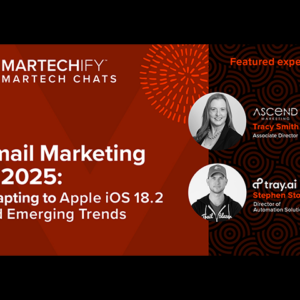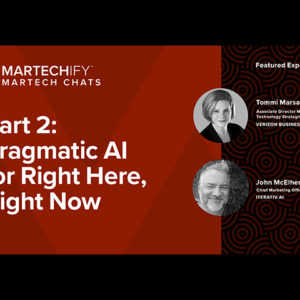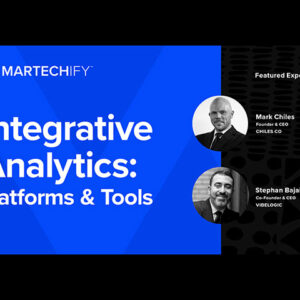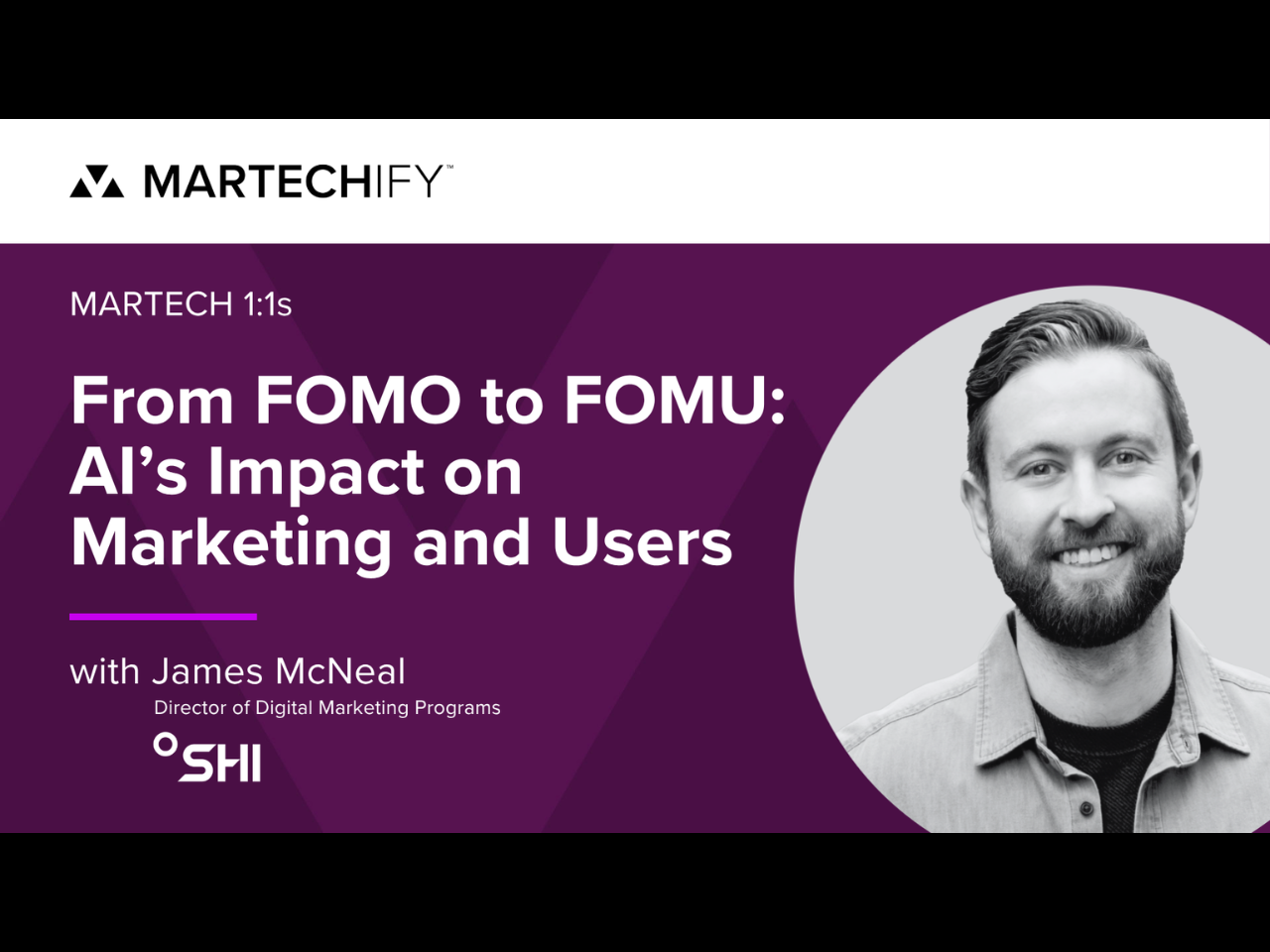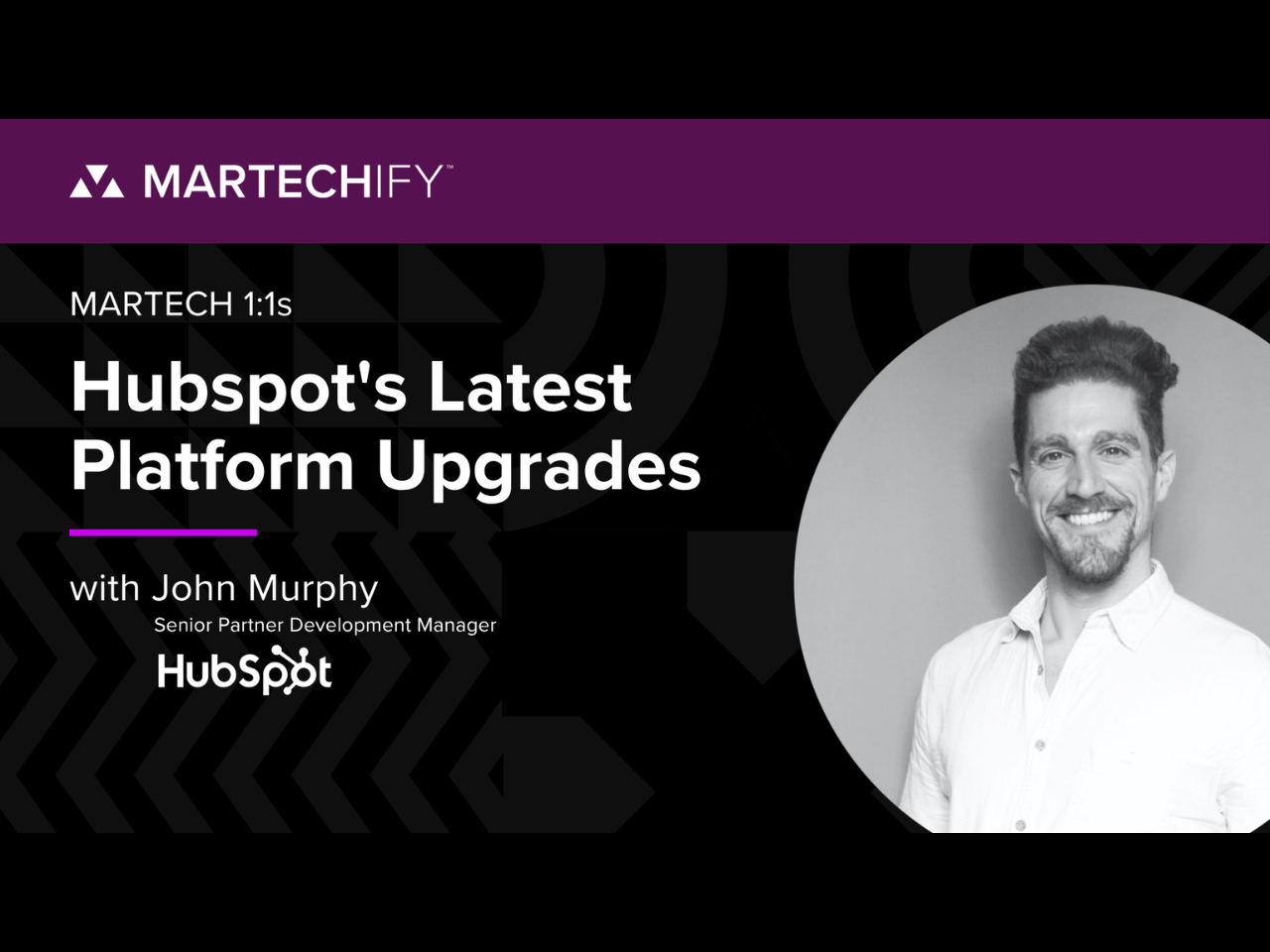Building a Strategic Martech Stack: A CMO’s Guide to Balancing Tools and Results
- Ingrid Sierra, CMO of Finfare
- Digital Transformation, Martech Stacks, Sales and Marketing Orchestration, Strategy and Trends
What if the secret to winning in today’s tech-driven market wasn’t about chasing every new tool, but about strategically aligning your technology for real, lasting impact?
Choosing and implementing the right tools requires a thoughtful, strategic approach. For Ingrid Sierra, CMO of Finfare, the key is focusing on outcomes rather than getting caught up in testing every new tool.
Ingrid built Finfare’s martech stack on a suite of carefully selected tools designed to streamline operations, drive engagement, and deliver measurable results:
– HubSpot: Serves as the core platform for automating workflows and integrating various marketing functions.
– Customer.io: Provides a cost-effective solution for handling high-volume email campaigns.
– SEMrush: Powers content strategy and helps optimize search engine performance.
– Hootsuite: Manages social media presence and scheduling.
– Sora from OpenAI: Showcases emerging video technology capabilities integrated within the stack.
At the heart of Finfare’s martech stack is HubSpot, integrated with carefully selected complementary tools.
As Ingrid explained in our interview: “We’re heavily reliant on HubSpot for that…[It is] the core of how we work to set up all our automations and journeys with the sales team, the marketing team, support and success teams.”
For their high-volume email needs, they augmented HubSpot with Customer.io. In Ingrid’s words: “Customer.io is really giving us a… cheaper solution for emails [at] high volumes… [F]or the B2B2C element, we really needed a tool that [would allow] us to build email templates very easily manage all that outreach.”
Taking a strategic approach to AI tools
Ingrid’s approach to integrating AI into Finfare’s martech stack is both intentional and strategic, focusing on the following key principles:
Outcome-driven approach: Begin by identifying the benefits you want to achieve and then select the tools that will deliver those outcomes.
Tool evaluation: Focus on the proven tools already in use, rather than chasing every new innovation.
Integrated AI capabilities: Assess the AI functionalities within existing tools—even if they weren’t originally marketed as AI—to ensure they meet strategic needs.
“I’m forcing everyone to start from a very outcome-driven, benefit point of view,” Ingrid told us. “And then we look at what are the tools that are going to get us there.”
Integration with revenue operations
Finfare’s martech stack is intricately linked with its revenue operations, ensuring that marketing efforts are in lockstep with sales and revenue goals. Key aspects of this integration include:
– Enhanced revenue team: Since last year, Finfare has strengthened its revenue operations, fostering a more cohesive team dynamic.
– Collaborative alignment: Marketing and revenue operations work together to ensure that all direct outreach is aligned with strategic targeting.
– Demand creation: The integrated approach facilitates the development of content and thought leadership designed to generate initial demand.
“We have a… much stronger revenue team and revenue operations since last year… [W]e’re really teaming up together.”
Focus on quality over quantity
When it comes to content creation and distribution, Ingrid emphasizes the importance of quality.
“With AI, a lot more content is being created,” Ingrid notes. “And I think if we really want to focus on adding value to our prospects and customers , having some unique proprietary content is going to be critical.”
Customer-centric approach
Finfare’s martech implementation prioritizes customer needs through:
– Frequent feedback collection: Finfare regularly asks for customer feedback to gauge satisfaction and identify improvement areas.
–Ongoing team collaboration: They engage in daily conversations with success teams and customers.
–Value-driven approach: They continuously pinpoint where to add meaningful value to the customer experience.
As Ingrid describes, “For the customers for our expense management product, it goes from…obviously asking them for their feedback very often, [to] having conversations with our success teams, and really identifying where we can add value.”
Future of martech integration
Looking ahead to 2025, Ingrid anticipates some consolidation in the martech landscape.
– Rapid growth: The martech landscape is expanding quickly due to the AI boom.
–Consolidation outlook: Ingrid predicts a future consolidation as the market matures.
–Strategic evolution: The integration and streamlining of tools will likely become a priority moving forward.
As she explains, “We’ve seen huge growth in the number of martech tools again thanks to AI becoming the hype… I’m wondering if we will get to kind of a tipping point and then we will start seeing a little bit more consolidation of that.”
Blueprint for success
Ingrid’s candid insights offer a clear roadmap for navigating the ever-evolving marketing technology landscape. Her strategy is rooted in a purposeful selection of tools, a balanced focus on both customer acquisition and retention, and a keen eye on emerging innovations like AI-powered video content.
By integrating real-time customer feedback and aligning closely with revenue operations, Finfare’s approach not only drives measurable results but also sets a new standard for sustainable growth.
As the martech world continues to expand and evolve, Ingrid’s approach reminds us that innovation, intentionality, and a relentless focus on adding value are the true keys to staying ahead in a competitive market.
Related resources
Want more like this resource? Find helpful links below.


